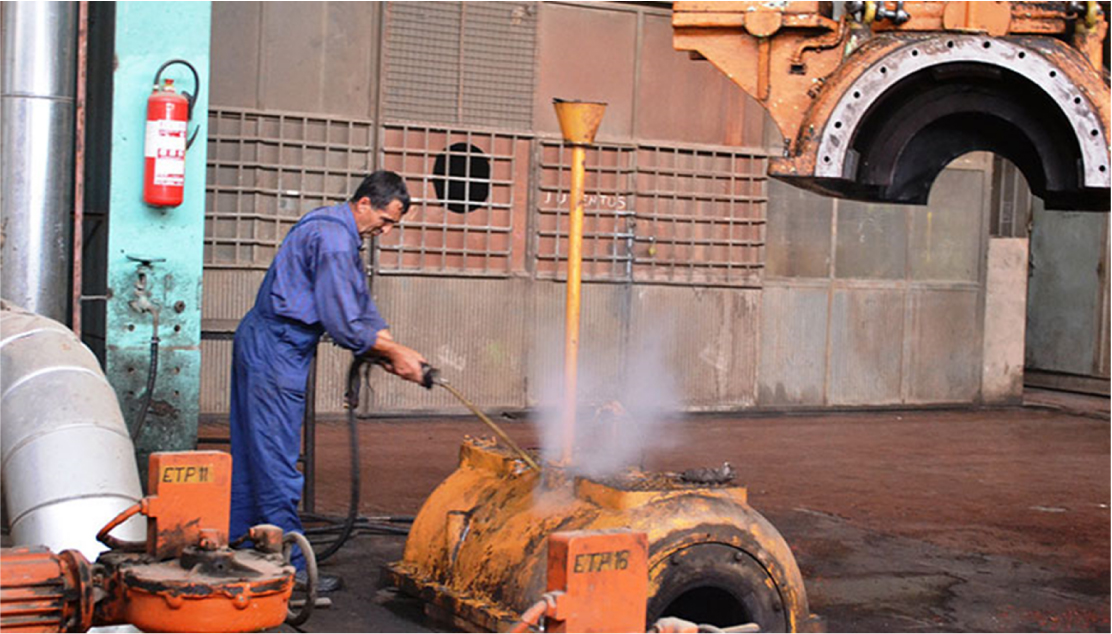Work-related diseases and injuries were responsible for the deaths of 1.9 million people in 2016, according to the first joint estimates from the World Health Organization (WHO) and International Labour Organization (ILO). Non-communicable diseases accounted for 81 per cent of the deaths. The greatest causes of deaths were chronic obstructive pulmonary disease (450,000 deaths); stroke (400,000 deaths) and ischaemic heart disease (350,000 deaths). Occupational injuries caused 19 per cent of deaths (360,000 deaths).
The study considers 19 occupational risk factors, including exposure to long working hours and workplace exposure to air pollution, asthmagens, carcinogens, ergonomic risk factors, and noise. The key risk was exposure to long working hours – linked to approximately 750,000 deaths. Workplace exposure to air pollution (particulate matter, gases and fumes) was responsible for 450,000 deaths.
“It’s shocking to see so many people literally being killed by their jobs,” said Dr Tedros Adhanom Ghebreyesus, WHO Director-General. "Our report is a wake-up call to countries and businesses to improve and protect the health and safety of workers by honouring their commitments to provide universal coverage of occupational health and safety services.”
Work-related diseases and injuries strain health systems, reduce productivity and can have a catastrophic impact on household incomes, the report warns.
Globally, work-related deaths per population fell by 14 per cent between 2000 and 2016. This may reflect improvements in workplace health and safety, the report says. However, deaths from heart disease and stroke associated with exposure to long working hours rose by 41 and 19 per cent respectively. This reflects an increasing trend in this relatively new and psychosocial occupational risk factor.
This first WHO/ILO joint global monitoring report will enable policy makers to track work-related health loss at country, regional and global levels. This allows for more focused scoping, planning, costing, implementation and evaluation of appropriate interventions to improve workers’ population health and health equity. The report shows that more action is needed to ensure healthier, safer, more resilient and more socially just workplaces, with a central role played by workplace health promotion and occupational health services.
Each risk factor has a unique set of preventive actions, which are outlined in the monitoring report to guide governments, in consultation with employers and workers. For example, the prevention of exposure to long working hours requires agreement on healthy maximum limits on working time. To reduce workplace exposure to air pollution, dust control, ventilation, and personal protective equipment is recommended.



